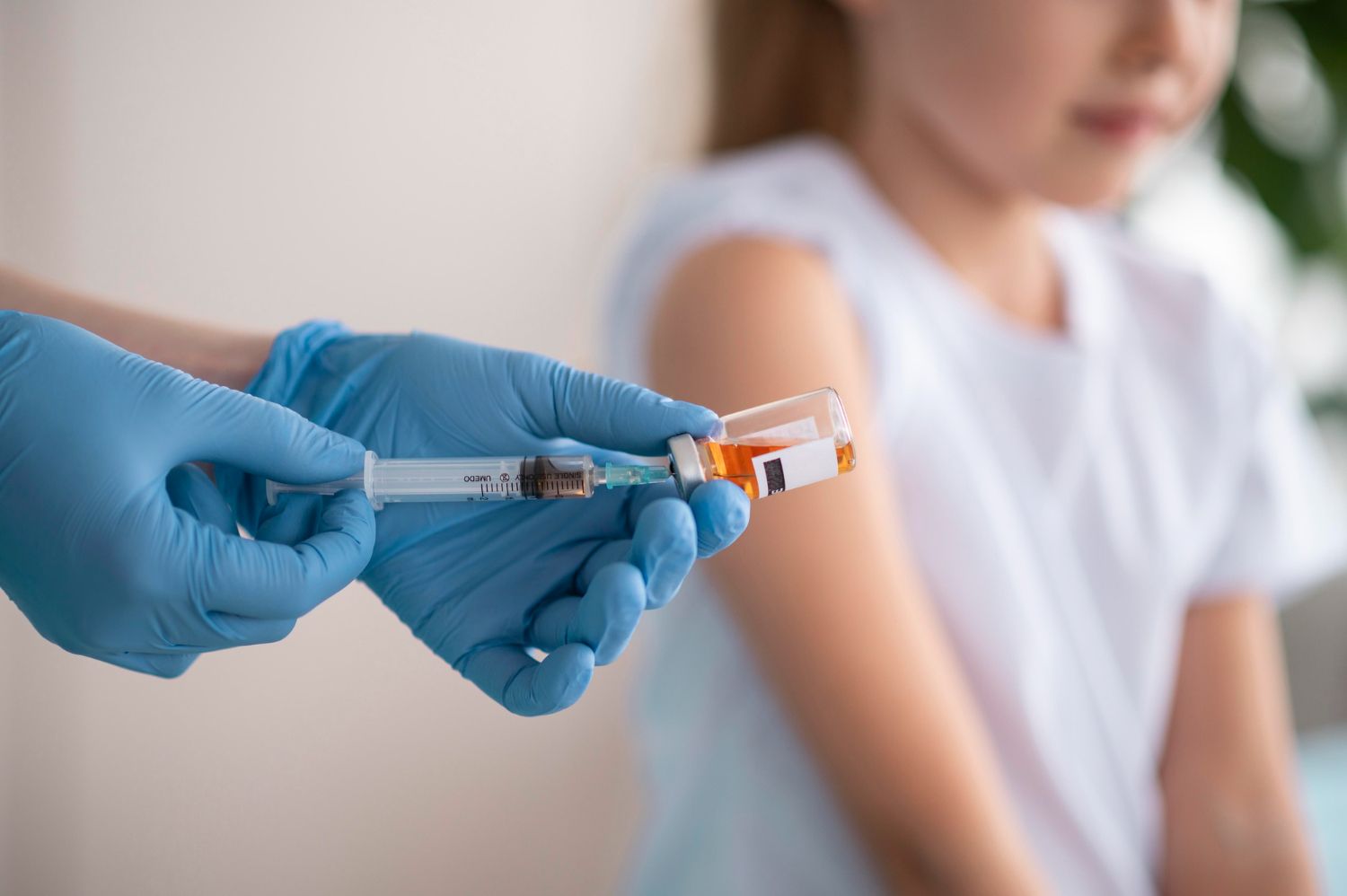Choosing the right phlebotomy training program is a critical first step in launching your healthcare career. With numerous options to pick from, figuring out what sets a quality program apart might seem daunting. This guide will walk you through the key factors you should consider to make an informed decision.
What Is Phlebotomy, and Why Is Training Important?
Phlebotomy involves drawing blood from patients for medical testing, transfusions, or research. While it may seem simple at first glance, phlebotomy requires precision, technique, and patient care skills. That's why rigorous, hands-on training is essential for success in the field.
Now, let's break down exactly what to look for when searching for the best phlebotomy training program near you.

1. Research Accreditation and Certification Standards
One of the first things to check is whether a program is accredited by a recognized medical education authority. Accreditation ensures the program meets industry standards and prepares students for certification exams.
Look for programs certified by reputable organizations like:
- The National Accrediting Agency for Clinical Laboratory Sciences (NAACLS)
- American Medical Technologists (AMT)
Additionally, confirm that the program prepares you to sit for industry-standard certifications, such as the Certified Phlebotomy Technician (CPT) credential.
Why Accreditation Matters
Accredited programs are more likely to attract employers’ attention, give you access to financial aid, and ensure you gain the skills needed to excel in your new role.
2. Evaluate the Curriculum
A well-rounded curriculum is essential to mastering both the technical and interpersonal aspects of phlebotomy. Look for programs that balance classroom instruction with practical experience.
Key Components of a Strong Curriculum:
- Anatomy and Physiology: Understanding the circulatory system and vein structure.
- Phlebotomy Techniques: Building proficiency in blood collection methods.
- Patient Interaction: Learning to manage nervous or anxious patients with care.
- Safety Procedures: Following proper sanitation and infection control protocols.
A rigid, comprehensive curriculum ensures you're fully prepared to handle challenges you'll face in the workplace.
3. Hands-On Training Opportunities
Classroom learning is only the beginning. Hands-on training is where you'll truly develop the confidence and skills to succeed. Programs that offer clinical rotations or internships give you the opportunity to practice with real patients under expert supervision.
Questions to Ask About Hands-On Training:
- How many supervised procedures will you complete before graduating?
- What clinical settings will you experience (hospitals, clinics, etc.)?
- Does the program have partnerships with local healthcare providers?
These opportunities not only strengthen your abilities but also provide networking avenues with potential employers.

4. Check Student Reviews and Success Rates
Hearing directly from past students can give you a realistic picture of what to expect. Look for testimonials and reviews on the program's website, social media, and third-party review sites. Focus on comments about the quality of instruction, the availability of support, and job placement success.
Additionally, ask the program about their graduation and certification pass rates. A high pass rate signals thorough preparation, while strong job placement statistics indicate a respected program.
5. Consider Costs and Financial Support
When choosing a program, it’s important to factor in more than just the sticker price. Some programs may be eligible for federal financial aid, scholarships, or payment plans, making them more affordable.
Key Costs to Assess:
- Tuition fees
- Additional expenses, like textbooks or lab fees
- Certification exam costs (if not included in tuition)
By evaluating your budget against program costs, you can identify options that offer the best balance of quality and affordability.
6. Location Convenience and Scheduling Flexibility
The location of a training program can have a big impact on your ability to stay committed. Programs close to home—or easily accessible via public transportation—reduce travel stress and save you time. For those with busy schedules, programs offering evening or weekend classes might be the best fit.
Online vs. On-Campus Programs
While online courses can be more flexible, make sure they also include significant hands-on training. Phlebotomy is a skill-based practice, and in-person experience is critical.
7. Look for Career Support Services
A great program doesn’t just train you—it also helps you kickstart your career. Look for programs that offer:
- Job placement services: Assistance with finding job opportunities post-graduation.
- Resume and interview prep: Guidance to make you stand out to employers.
- Networking events: Opportunities to meet hiring managers from local healthcare facilities.
Investing in a program that prioritizes your career success will help you transition seamlessly from student to professional.
Taking the Next Step in Your Phlebotomy Career
Choosing the right phlebotomy training program can set the tone for your future career in healthcare. Start by researching accredited programs in your area, and be thorough in evaluating their curriculum, hands-on training opportunities, and affordability.
Get Started Today
Explore local phlebotomy training options and take the leap toward a fulfilling career in healthcare. With the right training, you'll be well on your way to making a meaningful difference, one patient at a time.
